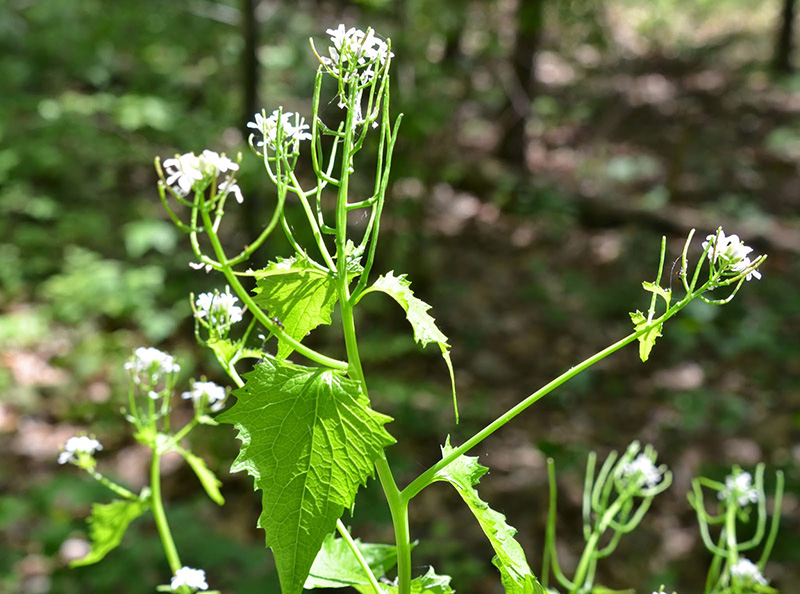Invasive Plant Identification and Management
ID Invasives will help you identify, understand, and manage invasive plants commonly found in New England.
We work with conservation organizations, land trusts, conservation commissions, municipalities…anyone responsible for managing landscapes where invasive plants are a concern.
Our presentations are available in person, on site or remotely, and are full of the information needed to learn about and plan management activities.
Invasive species are one of the leading causes of biodiversity loss around the world, impacting pollinator populations, accelerating erosion, altering soil chemistry and threatening rare and endangered species.
We have worked with the Massachusetts Association of Conservation Districts, Mt. Grace Land Trust, Middlesex Conservation District, the Town of Mt. Washington, Pepperell Invasive Plant Advisory Group, Vegetation Control Services, Massachusetts Coalition of Land Trusts, Wild and Scenic Nashua River Stewardship Council, Sudbury Valley Land Trust, Sons and Daughters of Hawley, and FirstLight Power and Energy.

There are five primary drivers of biodiversity loss: habitat loss (deforestation, urbanization and intensive agriculture); invasive species; overexploitation (extreme hunting and fishing pressure); pollution; and climate change associated with global warming.
Biodiversity is essential for maintaining ecosystem health. A diverse ecosystem supports an interdependent complex of species able to absorb seasonal fluctuations and the impact of natural occurrences like hurricanes and tornados.
Once invasive plant species become the dominant features of an ecosystem, the flow of food energy is disrupted, with consequences throughout the food web. Our native ecosystems become less resilient and more susceptible to disruption.
Specialist species are especially vulnerable to monocultures of invasive species. Populations of rare and endangered plants and animals experience decline and possible extinction, while generalist species take advantage of the gaps left in an ecosystem by the disappearance of native species.
